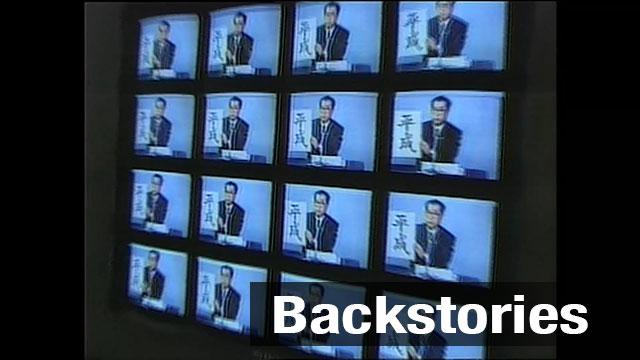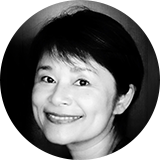Beginning of Heisei era 30 years ago
In 1989, Emperor Akihito took the throne. The name given for the era was "Heisei," which is now in its 31st year. Before that, the Emperor's father held the throne for 62 years -- an era that was named "Showa."
I was a reporter when Emperor Showa passed away early in the morning on January 7th, 1989. I remember waiting in the middle of downtown Osaka for the new era name to be announced. As soon as it was revealed, I asked people there for their opinion and I found many liked it.
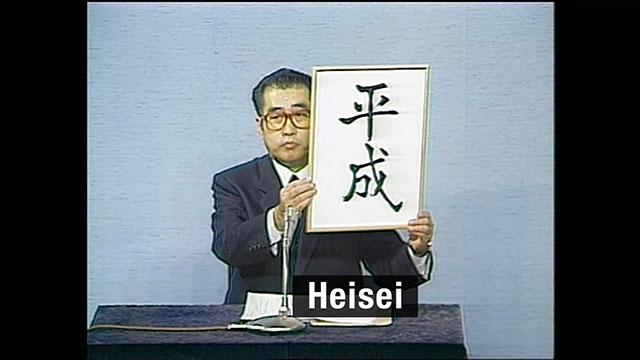
Heisei's two characters mean "peaceful" and "to achieve or become." The previous Showa era had been quite turbulent, having seen World War II. It later included strong economic growth, but that also brought downsides like severe pollution. So people felt the Heisei name captured a sense of hope for more peace and stability.
How the name is decided
The Era Name Act stipulates that a name must be written with two Chinese characters, it must have a positive meaning, and it must be easy to read and write. Beyond that, the selection process is highly confidential.
Chief Cabinet Secretary Yoshihide Suga recently said the process had already begun. A group of academics has been asked to submit proposals. Officials will narrow them down to a few choices, and ask another expert panel to select one. Who these people are is a tightly-held secret.
However, one academic who played a role in the last name selection recently revealed to NHK what it was like.
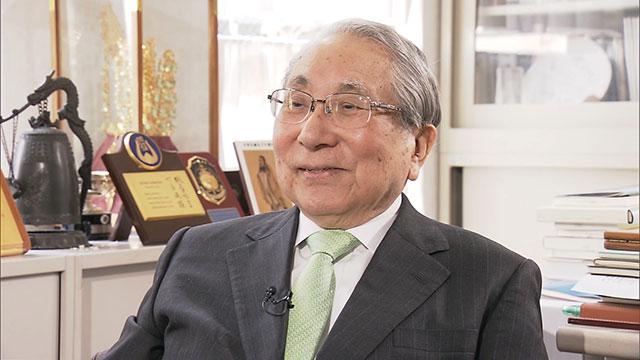
Former Waseda University President Haruo Nishihara was part of a panel that helped choose the current era name, Heisei. On the day of the passing of Emperor Showa, he and seven other experts were summoned to the prime minister's office. Nishihara says he didn't know who else was on the panel until that day.
"The atmosphere was very solemn and tense. I remember being struck by the thought that I was born and raised in the Showa era, and now I was about to help put it to an end," says Nishihara. The panel discussed three pre-selected candidates for the name, and unanimously agreed on Heisei.
The Heisei era would see Japan experience major disasters that have affected the lives of hundreds of thousands of people. But despite these tragedies, 91-year-old Nishihara believes it's good that the period has lived up to its name, with the country not engaging in any wars.
He says, "Heisei means peace to be achieved. As a person who experienced the war, I consider it extremely fortunate to see life go on as usual for most people."
History of gengo
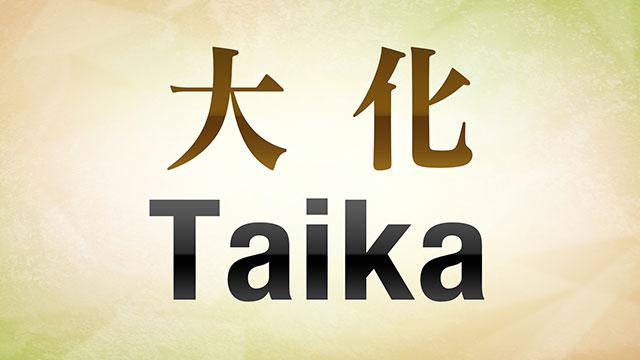
The system for era names started in China more than 2,000 years ago. Chinese dynasties were influential throughout Asia, so many monarchs in the region followed the system. However, political upheavals, social revolution, and modernization led these countries to eventually abandon era names, with the exception of Japan.
The first gengo in Japan was "Taika" in the seventh century. It means "to lead people with great virtue." Since then, there have been 247 era names.
Gengo in Kyoto
Now, there is only one era name for each Emperor's reign, but until about 150 years ago, it was common for the names to be changed multiple times for a variety of reasons.
The Imperial family lived in the ancient capital of Kyoto from the 8th century to 1868 when the capital was moved to Tokyo. The Kyoto Imperial Palace is where era names were chosen by court officials for more than 1,000 years. The Palace remains important to the Imperial family. Recently, the Imperial couple held a tea party there to thank officials and dignitaries in the region.
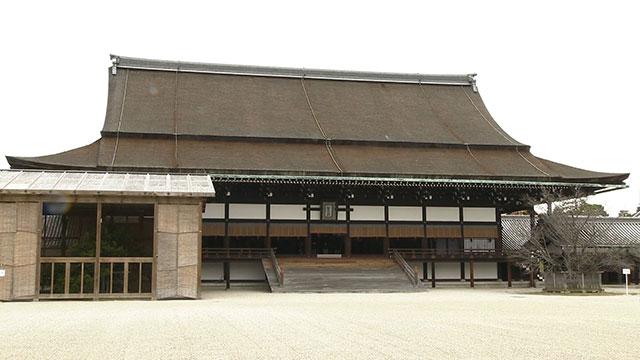
It used to be aristocrats who gathered inside the palace to decide on a new era name. Back then, era names were often changed, usually at times of disasters, such as earthquakes, droughts and fires that caused extensive casualties and damage.
Kenichi Yoshino of Kyoto Prefectural Tango Regional Museum is an expert on the history of era names. He explains some of the reasons behind the changes.
"When there was a sense of stagnation or of a bad atmosphere in society, rulers wanted to give the impression that a new period has come, removing all that was bad," he says.
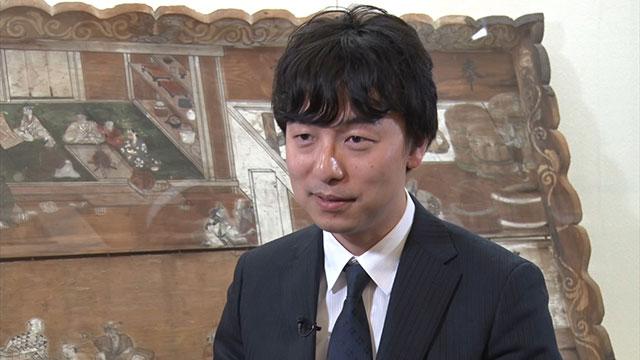
As samurai lords grew in power, Yoshino says they started meddling in the Kyoto-based aristocrats' selection process.
"Rituals were always held by the Imperial court in Kyoto. But in the Edo period of the 17th -19th centuries the Tokyo-based Tokugawa was very powerful, and sometimes rejected an era name candidate from the court," he explains.
Yoshino says rulers were also concerned with how common people reacted to a new era name. "Rulers didn't want common people to say, 'The name is good but the actual politics are terrible.' So they needed to not only choose a good name but govern the country in a way acceptable by people."
New gengo, new hope
In 21st-century Japan, people don't necessarily believe bad things happen because of an era name. But many still place hope in the beginning of a new period.
One young woman said, "I hope the next era name will be one that reminds us to respect the past". Another middle-aged man said, "I hope for a good name to be given to an era where people of my children's generation and their descendants will enjoy peace."
The new name will make headlines on every Japanese media outlet on April 1st. To some people it's just a name of an era, but to others it's similar to naming a newborn child. It will carry hopes and expectations for the future of this country.
